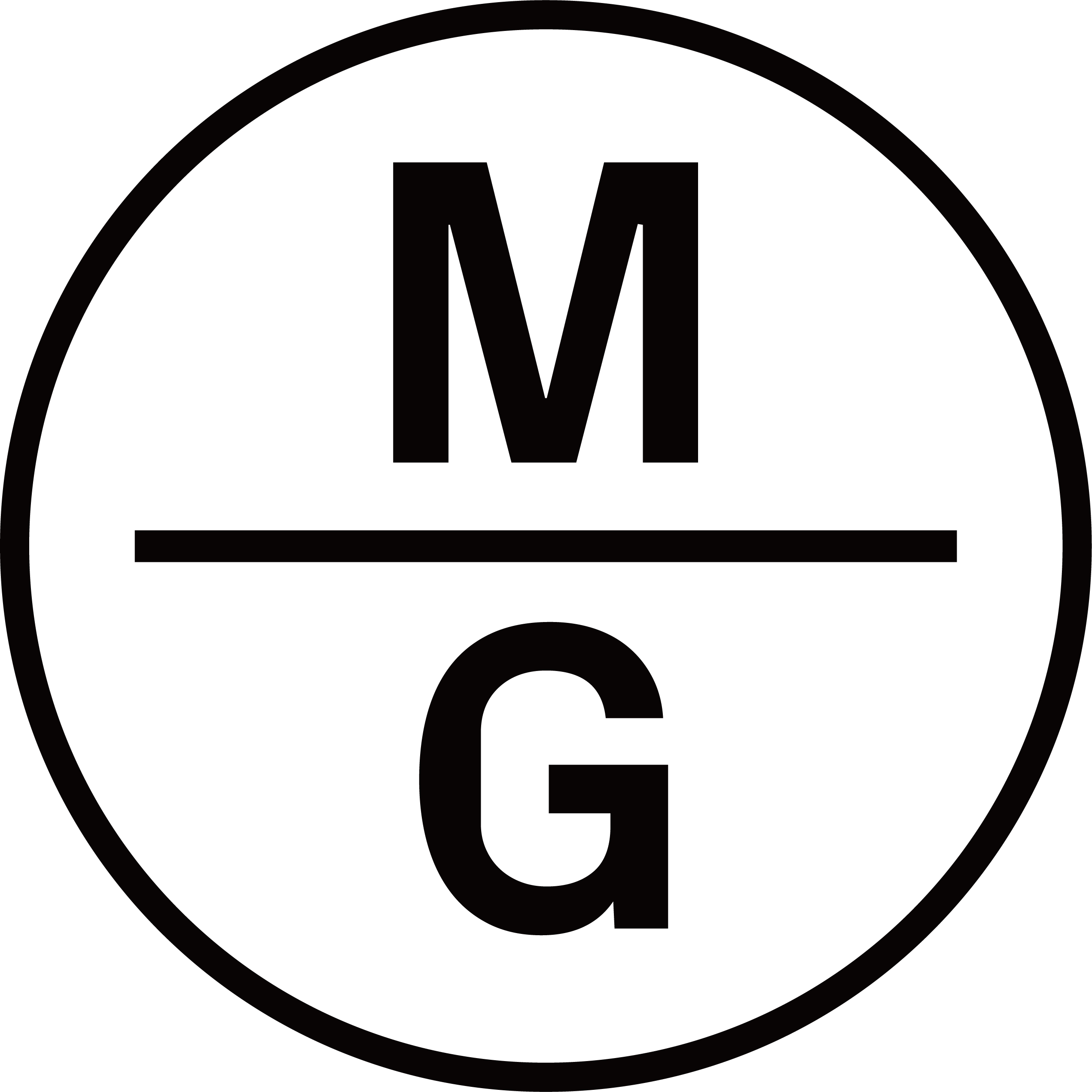- Forbidden Fruit
Artist: Wu Li
Duration: 10th September – 29th October, 2022
Address: No.110, Stage 2, South Square, One Shenzhen Bay, Nanshan District, Shenzhen, Guangdong, China
MANGROVEGALLERY is pleased to present “Forbidden Fruit” Wu Li’s second solo exhibition at the gallery, which will feature oil paintings created by the artist over the past two years. The exhibition will open on September 10, 2022 and run through October 29, 2022.
With its genesis a mystery, an unnamed type of red fruits make repeated appearances in Wu Li’s paintings, red as fire, as if they are burning along the branches, while the objects in the paintings disperse or gather in twisted convulsions, shaking, trembling, defying any precise definition. The brush strokes that look like tadpole script amble across the picture; the curves, free and wild, whirl and twirl themselves into the shapes of the objects. This habit of painting that incorporates calligraphic elements gives a sense of flowing movement. Such a feature, combined with the unique articulation characteristics of oil paint, presents a sense of life that is not rigid, that is bold and unrestrained, even though a sense of movement is not the specialty of static images.
When the viewers are confronted with Wu’s paintings, they can feel his creative attitude that is unconventional, natural, and honest. Through his expressive use of colors and continuous brushstrokes, he effortlessly combines his feelings with the fervency of life. But even so, when gazing at the unnamed red fruits, people are still irresistibly tempted. This bewitching and extraordinary fruit is a very prominent subject in Wu’s paintings. The dangerous-looking red fruit, usually referring to the forbidden fruit of the BIBLE that enchants the mind and soul, is the beginning of original sin and all other human sins. Meyer Schapiro’s discovery of the artist’s psychological projection in Cézanne’s apples overturned the decades-long misconception that “Cézanne’s apples have no story”. The forbidden fruit in Wu’s painting is likewise not an “accidental” visual sensation, but a metaphor of the artist – though it brings shame and punishment, it is also a symbol of human reproduction.

